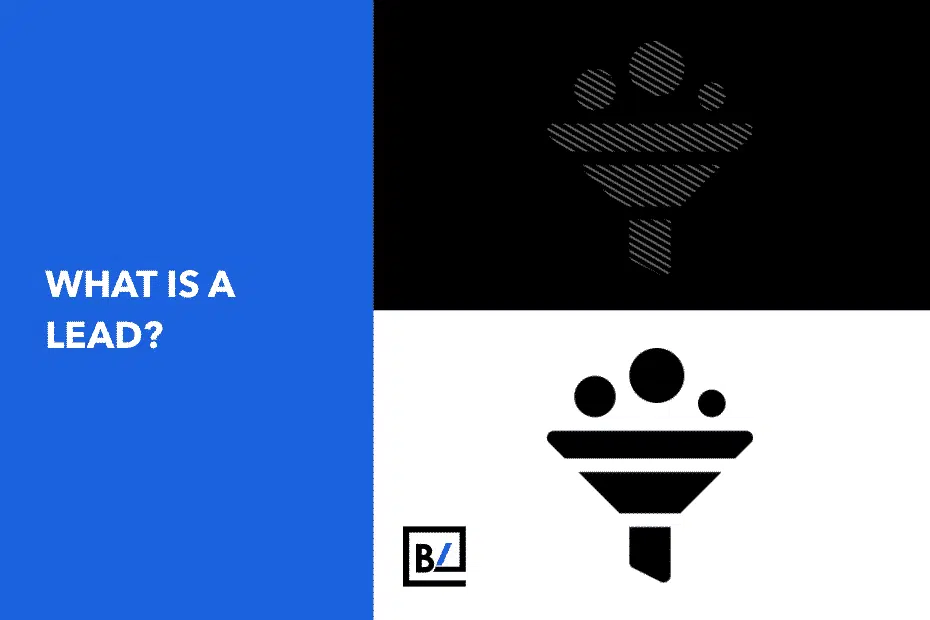A lead is someone who has expressed interest in your business’s products or services. They’ve given you at least some basic information, indicating that they might be interested in buying from you. For example, they might have given you their contact information, interacted with your website, or subscribed to your blog.
Because people have varied interests and needs, not everyone will be a lead for all businesses. Likewise, not all leads are created equal.
Identifying and Obtaining Leads
Lead generation is crucial to your company’s operations. It aids in long-term success and growth. In most cases, the initial stage in the sales process is to generate leads. It entails attracting, nurturing, and persuading prospective clients to make a purchase from you.
A sales prospect, on the other hand, is a contact who has expressed interest in working with you. You’re having a two-way conversation with them, for example, and there are signals that there’s real promise there.
Various strategies, such as content marketing and email marketing, can be utilized to generate leads.
Blog entries, case studies, infographics, ebooks, videos, and social media are all examples of content marketing. Newsletters, lead nurturing emails, and brand story emails are all examples of email marketing.
Talking directly to potential leads, contests and giveaways, sponsored ads, and referrals are some of the other techniques. Also, don’t forget about SEO.
All of these methods have become more significant as more markets have moved to the digital arena and competition has tightened. 70 percent of marketers, for example, put money into content marketing.
The lead generation funnel was created to help marketers see and influence the client journey.
1. Top of the funnel (TOFU)
It’s all about raising awareness in this case. Because this is your initial engagement with a potential consumer, you want to build trust and educate them.
2. Middle of the funnel (MOFU)
At this point, the potential customer has understood that they need to solve an issue and is looking into their possibilities. You can assist them by providing a suitable solution or something of value that will encourage them to convert.
3. Bottom of the funnel (BOFU)
When a lead has progressed to this phase, you might refer to them as a prospect. They’re in the process of making a buy. That suggests you should concentrate on selling. Send them demos, case studies, and pricing comparisons to help them out. The goal is to persuade them that you are the best option.
Acquiring leads can be further divided into inbound lead generation and outbound lead generation.
Inbound Lead Generation
This customer-centric method is utilized to engage consumers who come to you on their own initiative. Providing useful content is essential. The goal is to capture them and nurture them down the funnel, with a purchase as the ultimate result.
Outbound Lead Generation
Instead of waiting for the customer to come to you, you go to them — this is a proactive strategy. Sending out targeted emails, for example, is a good place to start. You could also make cold calls to potential consumers.
There are four steps to getting started with lead generation, regardless of your strategy:
- Create a buyer persona.
- Define your objectives.
- Select the appropriate marketing channels.
- Make a database that is segmented.

